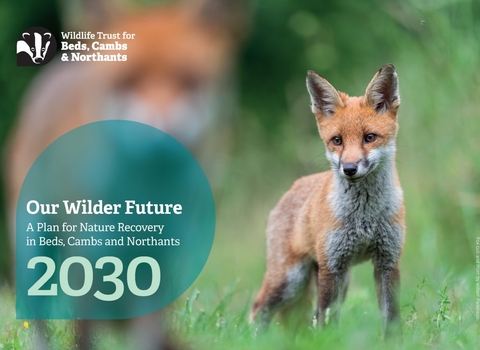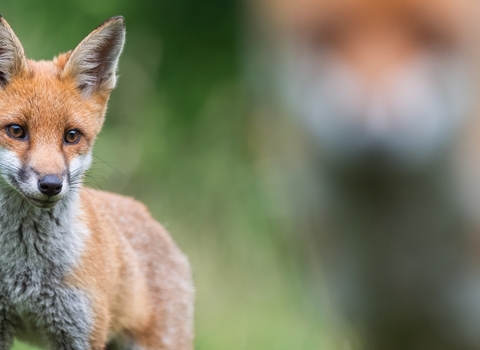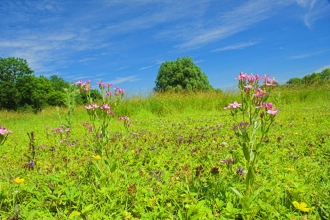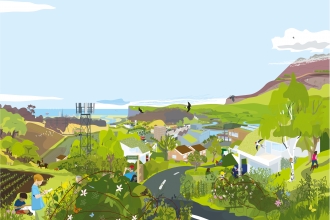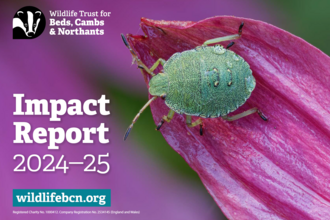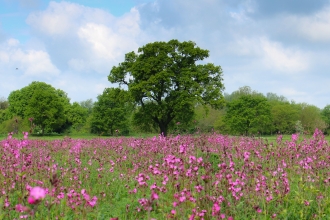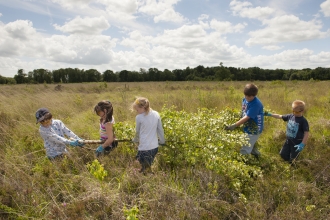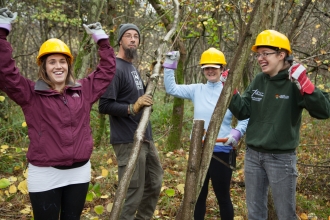This five year plan lays out the steps we will take, and the priorities we will focus on, to ensure we are working effectively to protect nature and inspire people in our three counties.
Our 5 Year Plan
The UK Government, and others, have set a goal of halving carbon emissions and conserving 30% of land for biodiversity by the end of the decade. This report shows how we will play our part to help achieve these goals in Bedfordshire, Cambridgeshire and Northamptonshire.
We’ve learnt a lot and it’s clearer than ever that our future plans must make us more resilient, more flexible and better prepared. We need to change the way we fundraise, engage the public, collaborate, use technology, and demonstrate natural solutions, whilst building on the strengths we have developed over recent decades.
To achieve this big ambition we have set three strategic goals for the next five years.
1. Nature in recovery.
This covers our ambitions for halting and reversing biodiversity declines on the ground.
2. People taking meaningful action.
Our vision for a deeper engagement with local communities and diverse groups of many kinds who share our passion for wildlife.
3. Natural solutions.
A mission to influence decision making to bring home nature’s relevance in addressing some of today’s societal challenges such as health, wellbeing, flood alleviation and new agricultural futures.
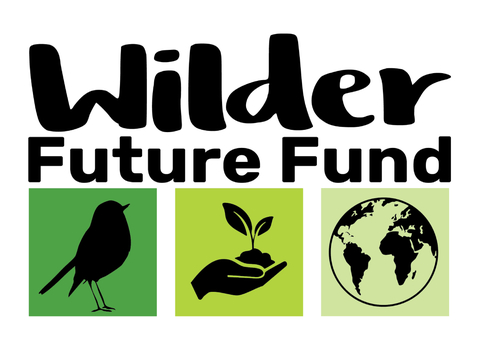
Please be part of our success over the next five years.
Nature conservation is for us all.
